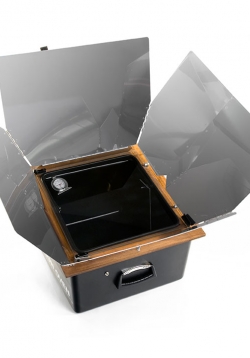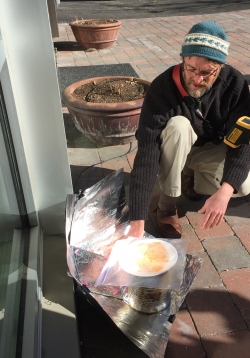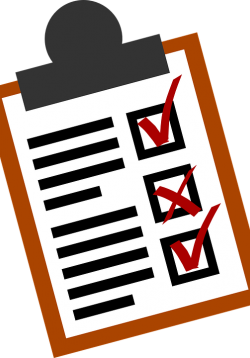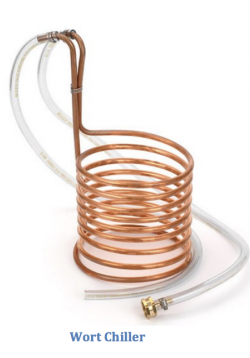Reflecting Sunlight
Students will see a demonstration and conduct a simple experiment on reflecting sunlight. During this demonstration, they will determine the purpose of the reflectors on a solar oven’s design and make observations about their functionality. They will use...







